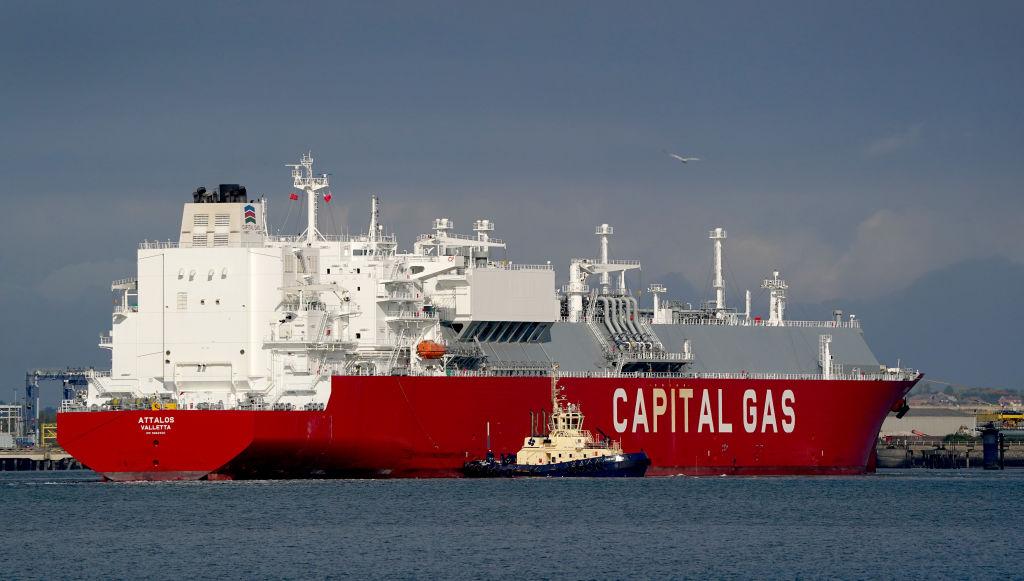Australia’s Future Gas Strategy poorly reflects northern Australian resource needs and undermines the national interest. It will delay Australia providing for both regional energy and climate security. It is particularly out of step with First Nations priorities.
These assessments contradict Ian Satchwell’s recent Strategist article, which celebrated the gas strategy’s importance to northern Australia and Asia and invited more government support. Satchwell rightly noted northern Australia’s ‘pivotal role in national and international energy and minerals security.’ But we must more closely scrutinise key claims in the Future Gas Strategy and the debate that produced it.
If we account for Australia’s complete national interest, we see that resource security is possible without the role for gas that the strategy envisions. Gas should get less, not more, government support.
Even for national security reasons, we must adequately assess the effect on greenhouse emissions of future resource development. The Australian Security Leaders Climate Group has noted the growing and still underestimated security threat that climate change poses. Australia presenting as a credible climate actor is also critical to managing traditional security threats, including China’s influence in the emissions-conscious Pacific.
Australia should lift support for resource activity that helps minimise climate change and cut support to that which exacerbates it. The Future Gas Strategy promises to do otherwise. It treats sustained gas demand as unavoidable rather than something that policy might influence. It uses this to justify a regulatory environment that invites continued gas investment, including in new supply, ‘to 2050 and beyond.’
The gas strategy repeats Australian producer and Asian consumer arguments that sustained use of a fossil fuel can not only coincide with but even drive climate action. This is an extraordinary claim that requires extraordinary evidence.
The strategy does not at all convince that sustained gas use is key to national or global decarbonisation. That claim was already challenged by more extensive, integrated and unbiased assessment from the International Energy Agency, whose most recent net-zero roadmap finds ‘no new long-lead time upstream oil and gas projects are needed’.
In contrast to its extensive modelling of future gas demand, the strategy provides no detailed assessment of how Australian gas might specifically reduce emissions. Past investigations have concluded it could do the opposite. A CSIRO report commissioned by LNG exporter Woodside found expanding Australian supply to Asia could displace renewables, prolong coal usage and increase emissions, absent a global carbon price.
The gas strategy rightly notes that Australia’s more genuine commitments to emissions reduction might entail short-term rises in gas consumption and associated domestic emissions in some sectors. One reason is that current processing of critical minerals for clean technologies is gas-intensive.
Yet Australia’s Critical Minerals Strategy commits to expediting renewables-based processing alternatives. Moreover, if industrial gas consumption must rise for the global good, government commitments could ensure it declines more rapidly elsewhere. Australia could pursue Paris climate agreement-facilitated trade deals that verify net global emissions reductions. It could keep more gas at home rather than export it. The gas strategy pays insufficient attention to these alternative futures.
The other big claim amplified by the gas strategy and the Strategist piece concerns Australia’s responsibility to ensure Asian energy security through the net zero transition.
Asian critics of past Australian gas-threatening policies mostly argued that those policies would reduce their own countries’ strategically vital energy access. Yet the most vocal Japanese critics now largely celebrate the gas strategy as helping to advance projects likely to provide Japanese companies with commercial opportunities in new gas markets, underpinned by Tokyo’s significant public financial assistance. The head of Japanese petroleum company Inpex, Takayuki Ueda, last year argued that Australian gas was critical to meeting Japan’s ongoing energy security needs. In a speech in Perth last month, he had turned to mostly celebrating Australia’s potential role as an LNG supplier to broader Asia.
Gas strategy commitments clearly reflected criticisms from Ueda and other Japanese and Asian sources. The recent Strategist article celebrated the strategy for outlining the ‘steps needed to rebuild Australia’s reputation as a reliable trade and investment partner.’ Yet this reputation mostly suffered under unproven claims that gas was central to decarbonisation and under misleading arguments around whose needs were threatened by previous policies.
These flawed justifications matter when we consider that the only way Australia can provide both regional energy and climate security is our alternative ‘renewable superpower’ vision. Pursuit of this renewable model has particular support among First Nations communities, who form a key northern Australian constituency and a prominent stakeholder in Australia’s current diplomacy. Groups such as the First Nations Clean Energy Network have captured a zeal for climate-friendly economic development with no fossil fuel precedent. The Future Gas Strategy highlighted supposed gas-linked opportunities that First Nations communities might seize. In reality, however, Indigenous leaders have been among the loudest critics of the gas strategy and its purported misrepresentation and misalignment of their interests.
Gas will undoubtedly help Australia achieve its renewable superpower vision. But, to serve the broadest national interest, the government should minimise that role. Rather than offer more support to gas, it should redraft or abandon its flawed strategy for the sector.


